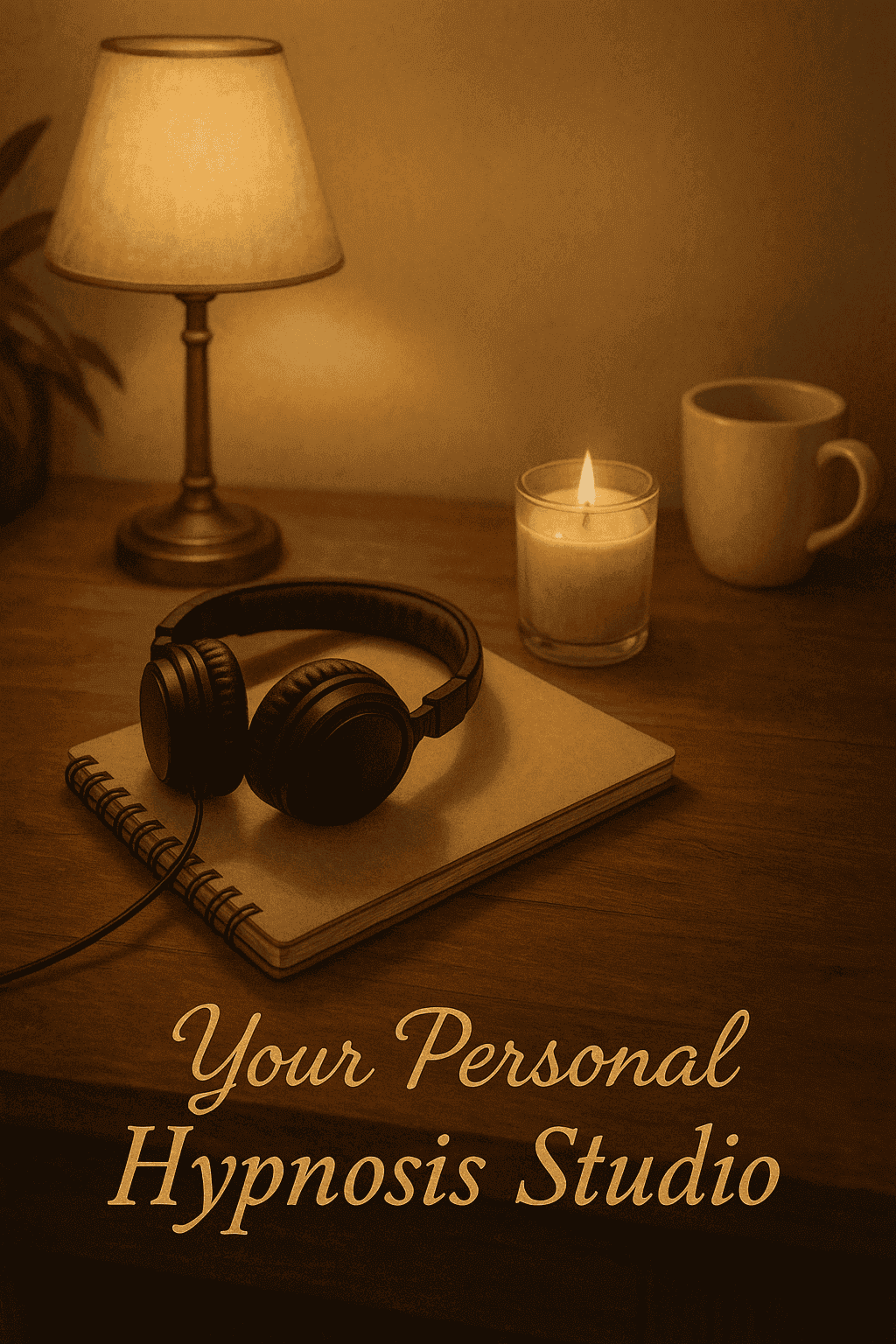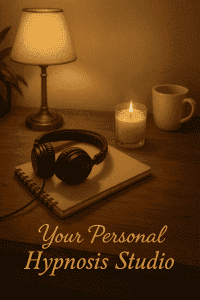
Self-hypnotherapy has become an increasingly popular approach for individuals seeking personal development and mental wellness. Several compelling factors contribute to this trend. Primarily, financial considerations play a significant role; self-hypnotherapy eliminates the necessity for consistent sessions with a licensed hypnotherapist, resulting in a more economical option over time. Furthermore, convenience is a critical element; practitioners of self-hypnosis can engage in the process at their own pace, within their own environment, and at times that accommodate their personal schedules, thereby allowing for greater flexibility in their routines. Additionally, privacy remains a crucial factor; practising self-hypnotherapy in the comfort of one’s home ensures a secure and confidential setting (although most Hypnotherapists, these days, also offer therapy over the internet). This setting is free from external scrutiny, which can be especially appealing for individuals addressing sensitive personal matters.
However, it is essential to acknowledge that the effectiveness of self-hypnotherapy is closely tied to the consistency of practice. Similar to any skill, regular engagement is vital to achieving substantial results. Establishing a routine can reinforce the techniques acquired and facilitate deeper states of relaxation and enhanced suggestibility, ultimately maximising the benefits of the practice. Through commitment to ongoing practice, individuals can unlock the full potential of self-hypnotherapy, enabling significant positive transformations in their lives.

Moreover, the extensive expertise provided by a seasoned professional is indispensable in guiding clients toward identifying the underlying issues or barriers residing within their subconscious. Such professionals possess a comprehensive understanding of various psychological patterns and behaviours that may hinder personal growth. By employing tailored strategies and insightful questioning techniques, they help clients navigate intricate emotional landscapes, illuminating underlying beliefs and unresolved conflicts that may otherwise remain concealed. Ultimately, this comprehensive process fosters a deeper understanding of oneself, facilitating transformative change and enhanced well-being.
- Creating the Right Environment:
Quiet, comfortable space, armchair, low light, gentle background noise
Remove distractions: phone silent, no interruptions.
Deep Breathing & Progressive Relaxation:
Step-by-step instructions: three 4-2-6 breaths, then a wave of relaxation from head to toe.

Positive Affirmations & Visualisation:
Explanation: How to choose phrases that feel authentic (e.g., “I am calm and confident,” not “I love kale”).
Vivid mental images: “Imagine walking down a tree-lined path, every leaf reminding you of calm.”
